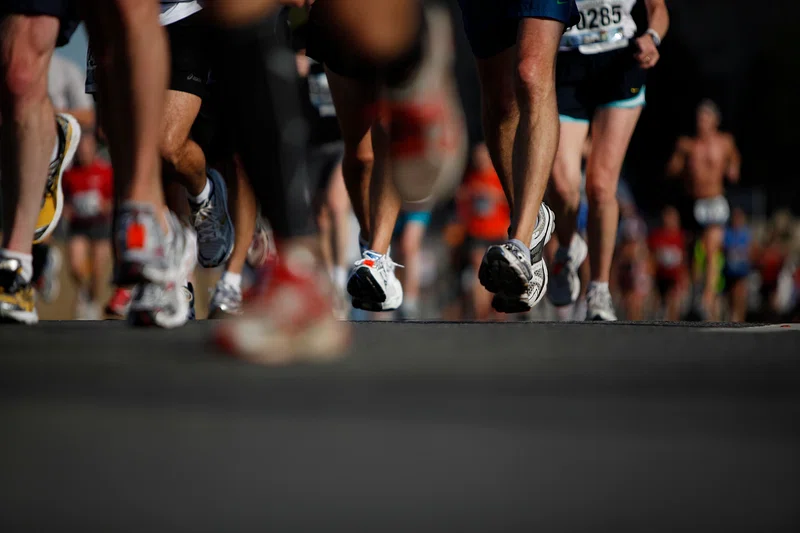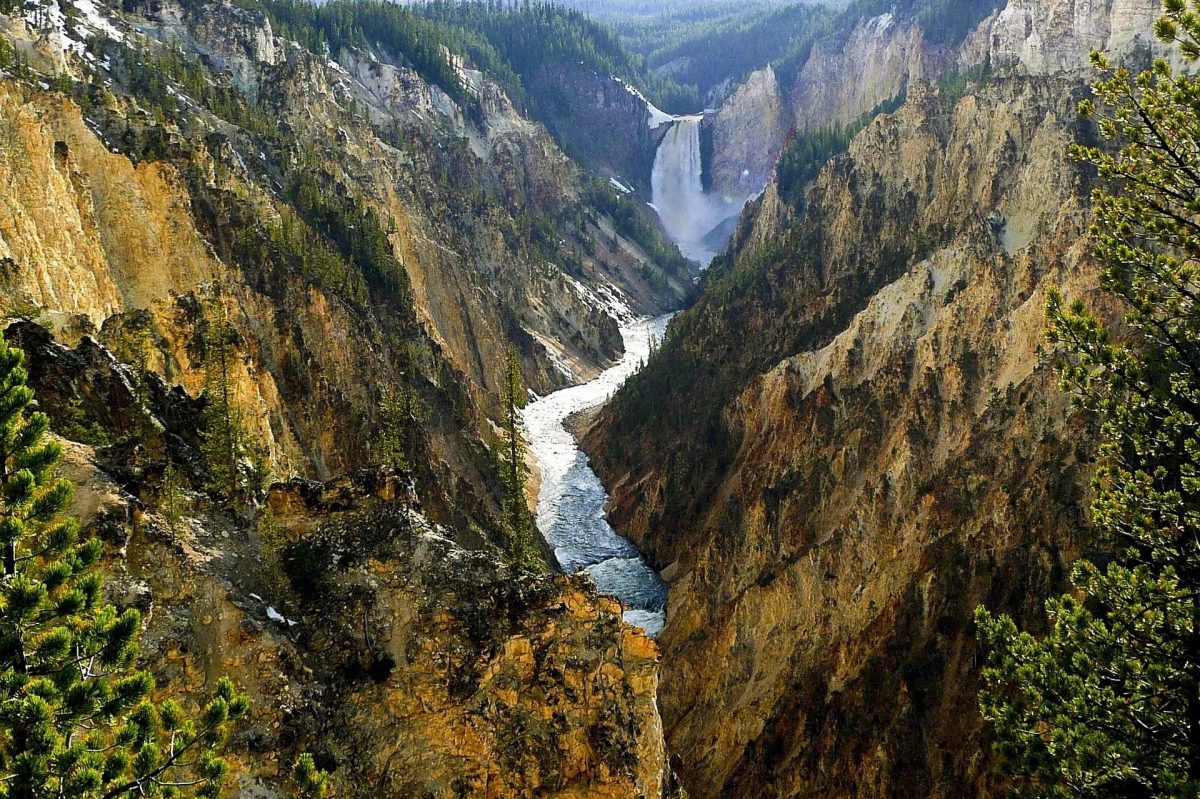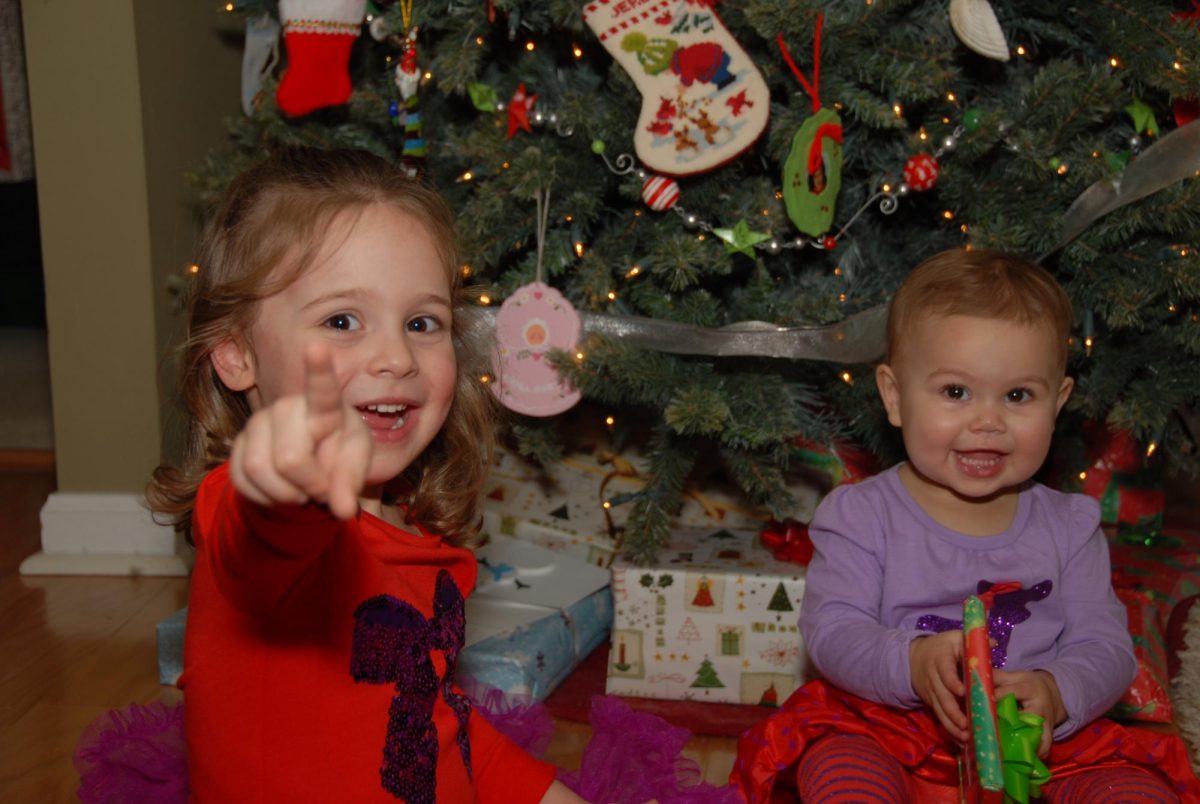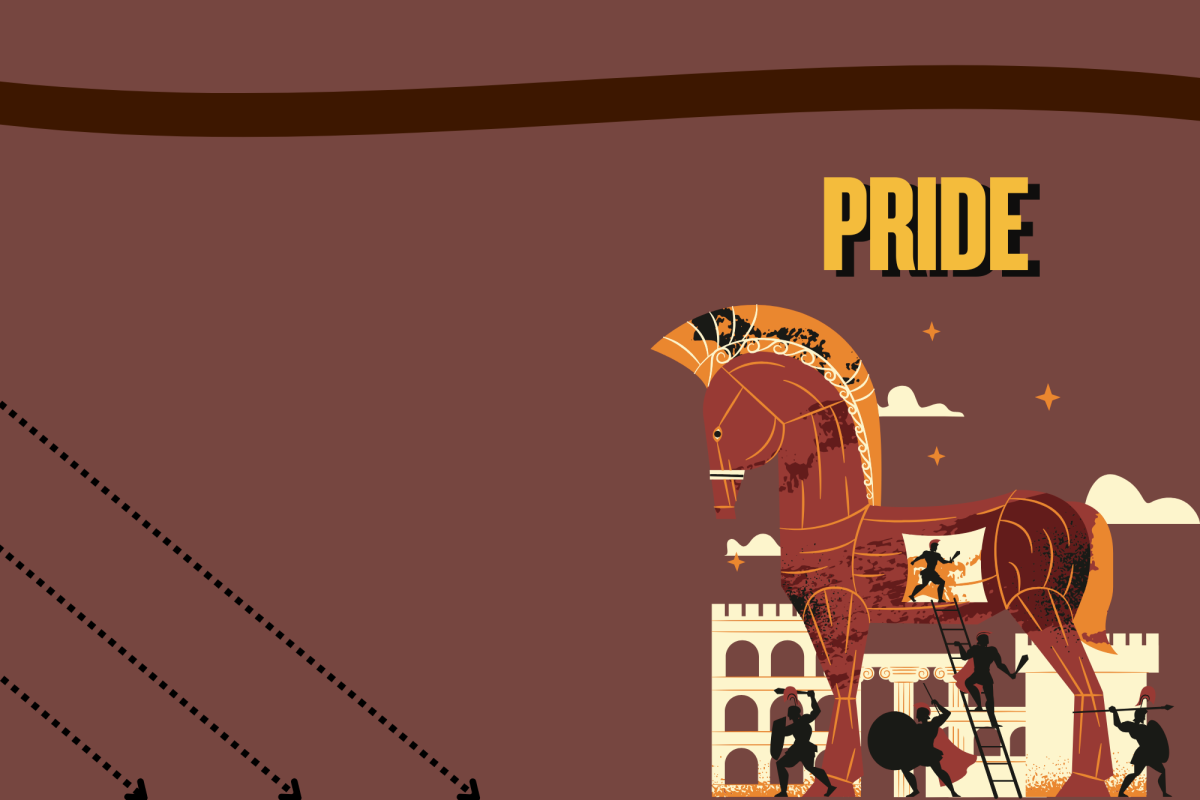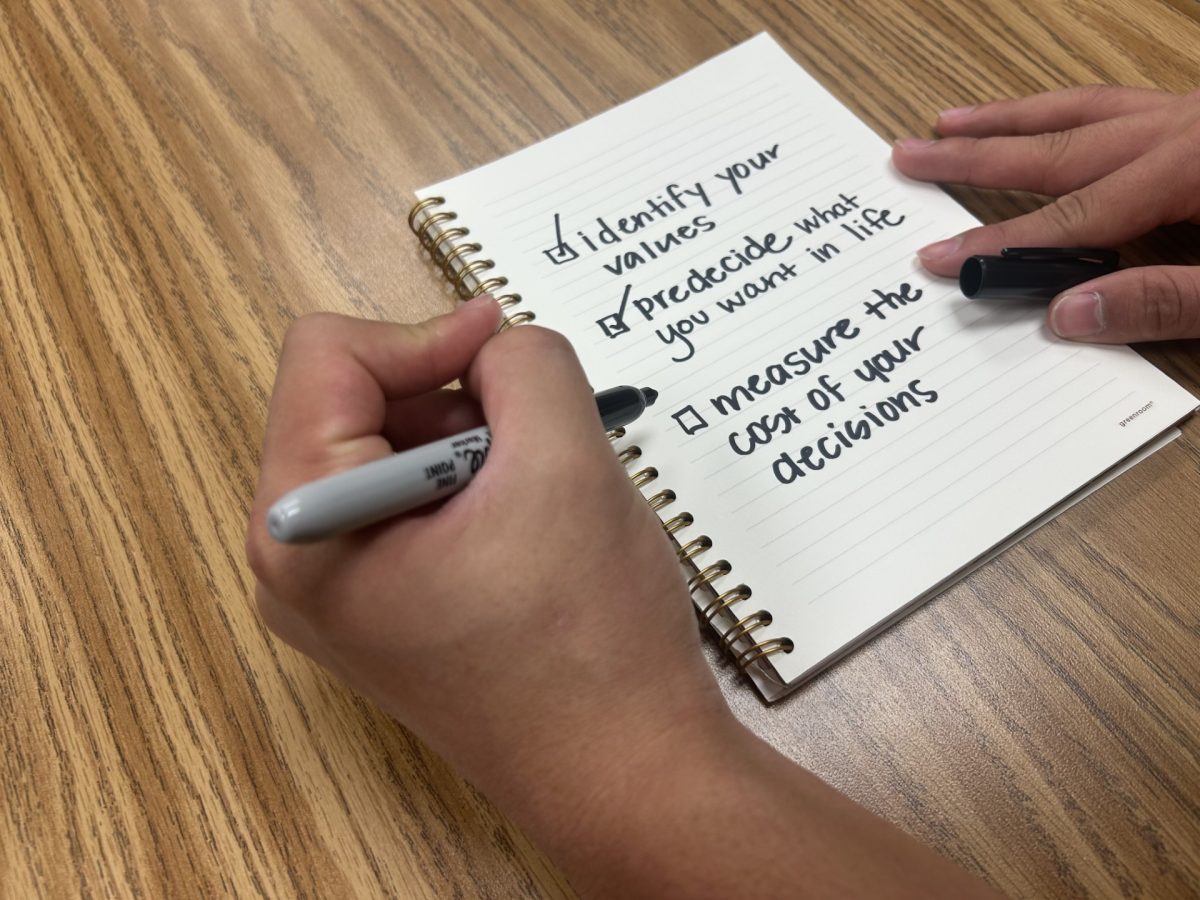“Hey, guys! It’s currently 5 a.m.; come on an easy 15-mile run with me!” These deceivingly cheerful words are enough to make me feel like a complete failure. Yes, my Instagram algorithm is trained to feed me aesthetic morning routines, productivity tips and the best ways to organize weekly workouts. As a teen girl, I fall victim to the cookie-cutter lifestyles of influencers and their perfectly curated online lives. But, in all seriousness, why has running recently become a central health fixation and bandwagon activity? And what is behind the popularity of logging miles?
Running has been a part of my life for a while — its relevance greater during certain phases. I ran cross country and track in middle school, which I continued in high school until injuries hit. My hereditary knee issues pushed me to focus on other sports and physical outlets, but long-distance racing always sits in the back of my mind. I personally experience runner’s high and the satisfaction that comes after completing a jaunt, and popular culture has slowly embraced these experiences as well. Marathons and half-marathons have seen a boom in involvement in recent years, especially since 2020. Taken as an opportunity to escape the house and move freely, running consecutive miles with only one’s tennis shoes and a motivating playlist caught on. According to BBC News, marathon participation in the United States alone has grown 255% since 1980. 5K races are the most widely held running events historically, and continue to attract beginning runners. Evidently, there are many reasons behind this cardio craze.
The most notable reason individuals take up distance running is for its mental health benefits. Emphasis on mental health in the 21st century is higher compared to any other point in time, and the public has started to acknowledge the research proving physical exertion releases endorphins in the participant’s brain and develops a sense of accomplishment. However, there are numerous ways to exercise other than running. Yet the fact that running is free, easy to track progress and does not require special equipment makes it appealing. Additionally, these factors have created a strong running community since its uptick in digital promotion. When one Gen-Z TikToker posts their daily mileage, everybody follows suit. Run clubs span the United States, and their numbers continue to climb. The physical benefits of running, including lowering blood pressure, strengthening the heart and improving cholesterol levels, should not be overlooked as contributors to the trend.
Considering all of this, running as a modern hobby and lifestyle has given me FOMO and an itch to get back in the game. No matter the goal — one mile, 5K, 10K or marathon — starting is the greatest challenge. And, once you have achieved this, you’ll be inducted into the latest health cult. As American runner and coach Bill Dellinger said, “Good things come slow—especially in distance running.”



